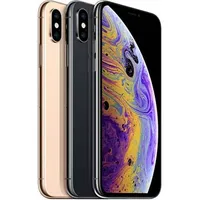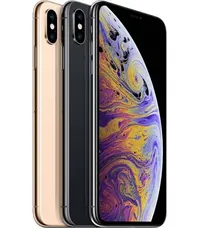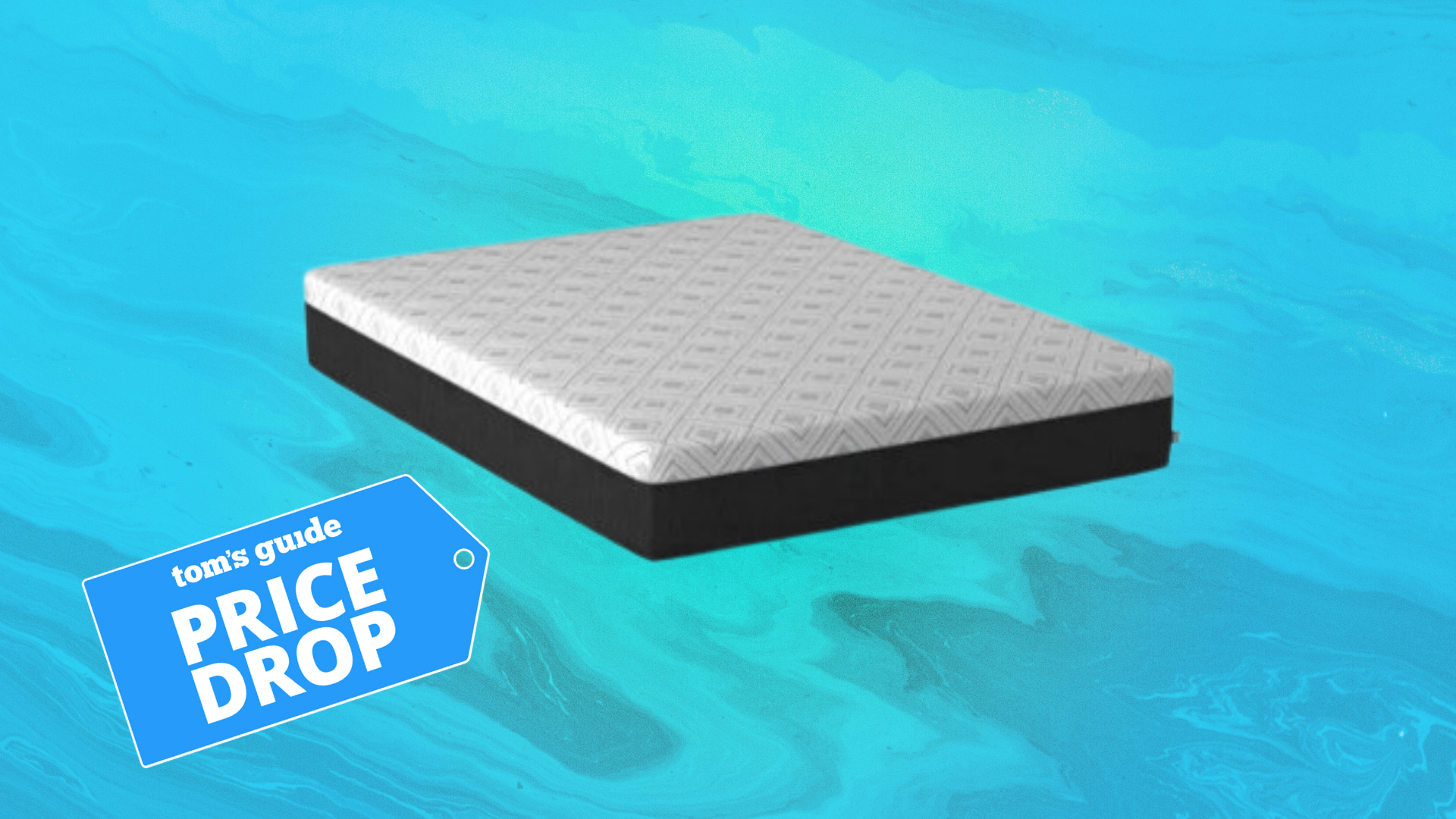iPhone XS vs. iPhone X: What's Changed?
The iPhone XS looks an awful lot like last year's iPhone X. But Apple made a significant number of changes, starting with an improved processor. Here's what's different with the iPhone XS versus the iPhone X.
After spending more than half-a-year with both the iPhone XS and the larger iPhone XS Max, it's clear Apple's latest phones do more than just add some extra letters to the original iPhone X's name. In fact, the iPhone XS Max is our best phone overall.
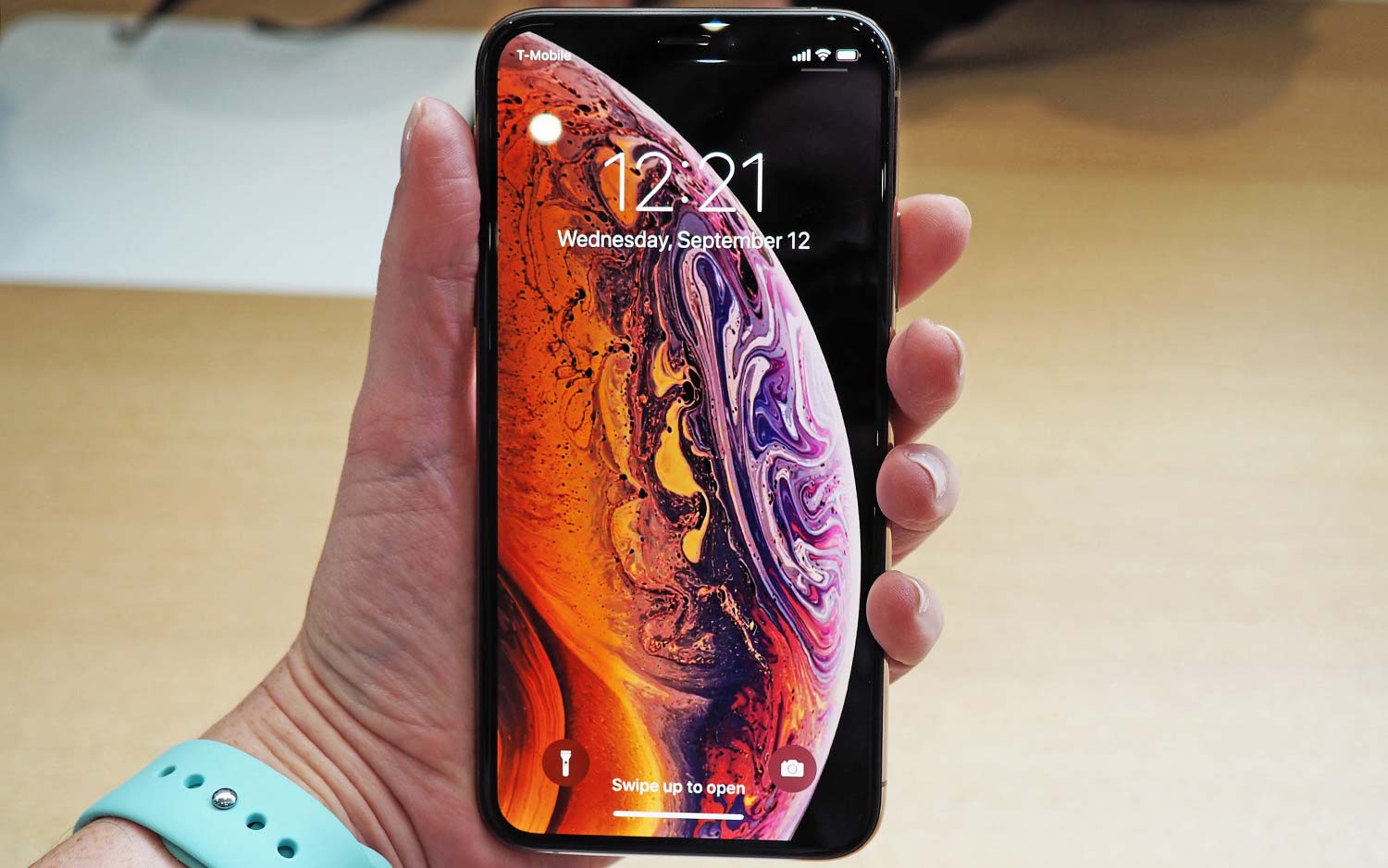
While the XS maintains the look of the original iPhone X, plenty of other features have undergone a noticeable change. From the display to the processor to the cameras, Apple has made adjustments big and small so that its latest iPhone X models stand out from the version that came before.
Here's a closer look at what's new with the iPhone XS, along with a few things that haven't changed from the original iPhone X. If you're looking to spend less on your next iPhone, be sure to check out our iPhone XS vs iPhone XS Max vs iPhone XR comparison.
iPhone XS vs iPhone XS Max vs iPhone X
| iPhone XS | iPhone XS Max | iPhone X | |
| Starting Price at Introduction | $999/£999/AU$1,629 | $1099/£1,099/AU$1,799.00 | $999/£999/AU$1,629 |
| Processor | A12 Bionic | A12 Bionic | A11 Bionic |
| Screen | 5.8-inch OLED (2,436 x 1,125 pixels) | 6.5-inch OLED (2,688 x 1,242 pixels) | 5.8-inch OLED (2,436 x 1,125 pixels) |
| Storage | 64GB, 256GB, 512GB | 64GB, 256GB, 512GB | 64GB, 256GB |
| Face ID | Yes | Yes | Yes |
| Rear Camera | Dual 12MP wide (ƒ/1.8) and telephoto (ƒ/2.4) | Dual 12MP wide (ƒ/1.8) and telephoto (ƒ/2.4) | Dual 12MP wide (ƒ/1.8) and telephoto (ƒ/2.4) |
| Front Camera | 7MP, ƒ/2.2 | 7MP, ƒ/2.2 | 7MP, ƒ/2.2 |
| Battery Life (Hrs:Mins) | 9:41 | 10:38 | 10:49 (2017 test); 9:51 (2018 retest) |
| Metal frame | Stainless steel | Stainless steel | Stainless Steal |
| Colors | Gold, Silver, Space Gray | Gold, Silver, Space Gray | Silver, Space Gray |
| Weight | 6.2 ounces | 7.3 ounces | 6.1 ounces |
| Size | 5.7 x 2.8 x 0.3 inches | 6.2 x 3.1 x 0.3 inches | 5.7 x 2.8 x 0.3 inches |
What's new with the iPhone XS
The form factor may be unchanged from 2017's distinctive iPhone X design, but there are some noticeable differences with the new phone, particularly under the hood.
Processor: Every year brings a new processor to the latest iPhone. In the case of the iPhone XS, it's Apple's A12 Bionic processor. This is easily be the biggest improvement to the iPhone XS, because it drives so many of the other changes Apple introduced, particularly enhancements to the cameras.
Get instant access to breaking news, the hottest reviews, great deals and helpful tips.
The A12 is the first 7-nanometer chip to hit the market. (A 7-nanometer chipset from Qualcomm, the Snapdragon 855, is now available in phones like the Galaxy S10 and OnePlus 7 Pro. And while the Snapdragon 855 has narrowed the gap between the best Android phones and Apple's devices, Qualcomm's top-of-the-line processing platform is still not quite as fast as the A12.) Apple's smaller-sized processor means more efficient performance.
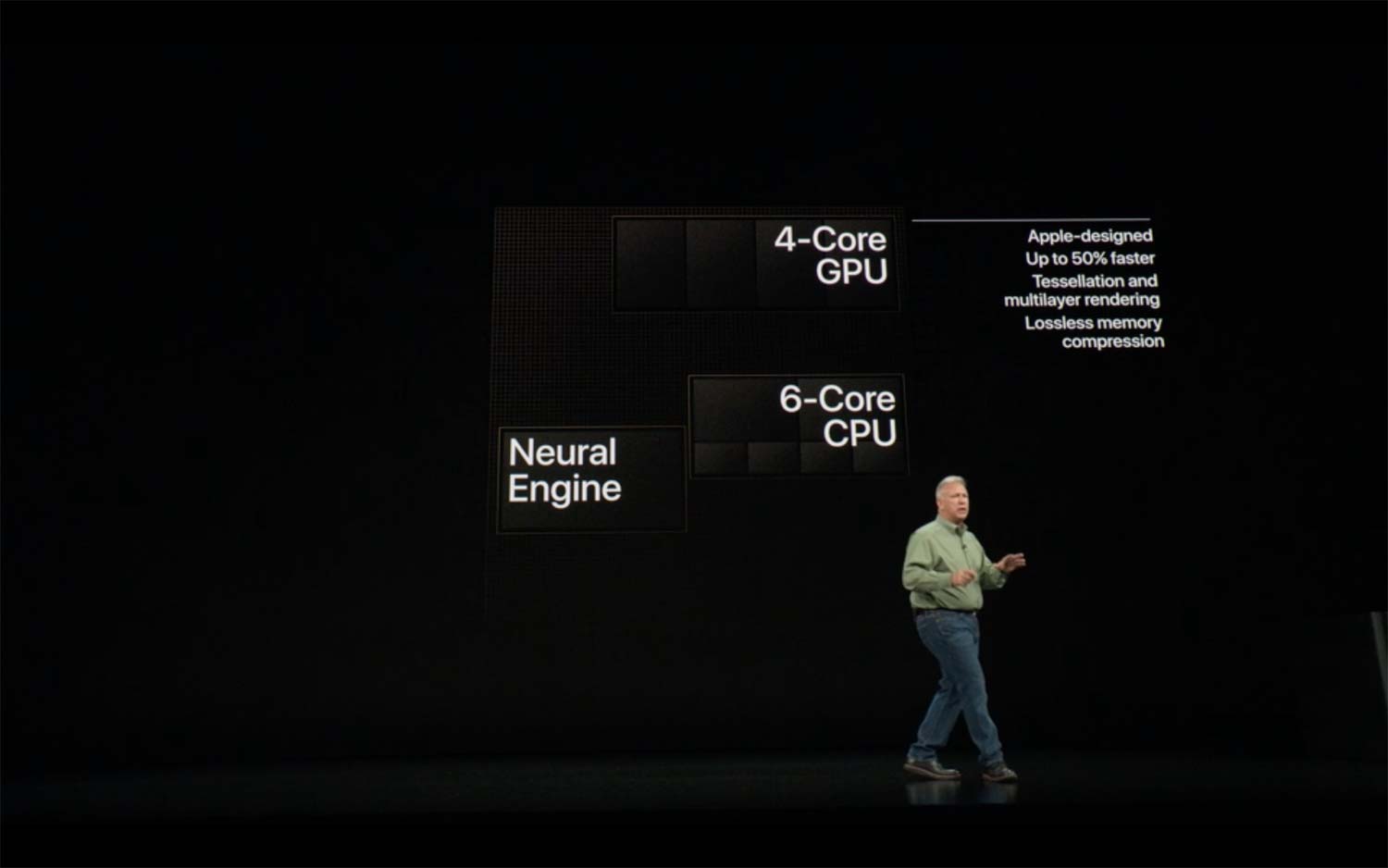
The A12 delivers the requisite performance boost over its predecessor, of course. The A12's two high-performance cores are 15 percent faster while consuming 40 percent less power than the A11, while the four efficiency cores on the new CPU are 50 percent more efficient than the A11 inside last year's iPhone X. The A12's GPU is 50 percent faster, too.
We saw the performance gains when we tested the iPhone XS. The new phone topped the iPhone X's Geekbench 4 score by 11 percent while its performance on the 3DMark Slingshot Extreme graphics benchmark improved by 3 percent. The iPhone XS also was able to transcode a 2-minute 4K clip to 1080 p in 39 seconds, besting the iPhone X's time of 43 seconds. Those are solid gains, though not the big leap forward the A11 proved to be over the A10.
But the A12 delivers other noteworthy changes. There's an 8-core neural engine on the A12 that's 9 times faster. It supports things like machine learning and can process up to 5 trillion operations per second. The result is more immersive and more realistic AR experiences.
MORE: Best iPhones: Which Apple Phone Should You Get?
Faster Modems: It's not just the processor that's improved. The new iPhones have a new modem capable of supporting Gigabit LTE, offering what Schiller touted as the fastest LTE connectivity of any iPhone to date. Testing supports that claim, with the iPhone XS posting faster download and upload speeds on AT&T, T-Mobile and Verizon in tests conducted by SpeedSmart.net. (It's worth noting that some iPhone XS owners have complained about problems with Wi-Fi and cellular connectivity; as of late 2018, Apple was looking into the reports, though we've yet to hear of any resolution.)
Camera: The new A12 processor also includes a new image signal processor (ISP), and that's going to drive a lot of the photographic improvements with the new iPhone. Like the iPhone X before it, the XS has a 12-megapixel wide-angle lens and a 12-MP telephoto shooter, while the 7-MP TrueDepth camera up front handles selfies.
However, the size of the sensor has gone from 1.2 to 1.4 microns on the iPhone XS and XS Max, and the pixels are deeper as well. The result is a 50 improvement in light gathering capability.
With Smart HDR, your iPhone can capture multiple exposures in a short time frame for a balanced shot. The iPhone XS is able to capture more exposures in a shorter amount of time, reducing shutter lag to the point where you shouldn't notice it. After using the iPhone XS camera, our columnist Jason Snell calls Smart HDR reason enough to justify an upgrade to the new iPhones all on its own.
Apple says the sensor on the main rear camera is larger, which should help the iPhone XS grab more light even in darker settings. That's a necessary improvement, as the iPhone X wasn't particularly adept at low-light photography when stacked up against other leading flagship phones. However, the Pixel 3's camera outperforms the new iPhones.
Other camera improvements on the XS and XS Max include the ability to adjust a portrait's depth of field after you've taken the shot — a feature you'll find on some Android smartphones, though not on the original iPhone X. Video capabilities are improved too, with the larger sensor helping capture sharp footage even in low light. The new phones also offer extended dynamic range in video modes up to 30 frames per second.
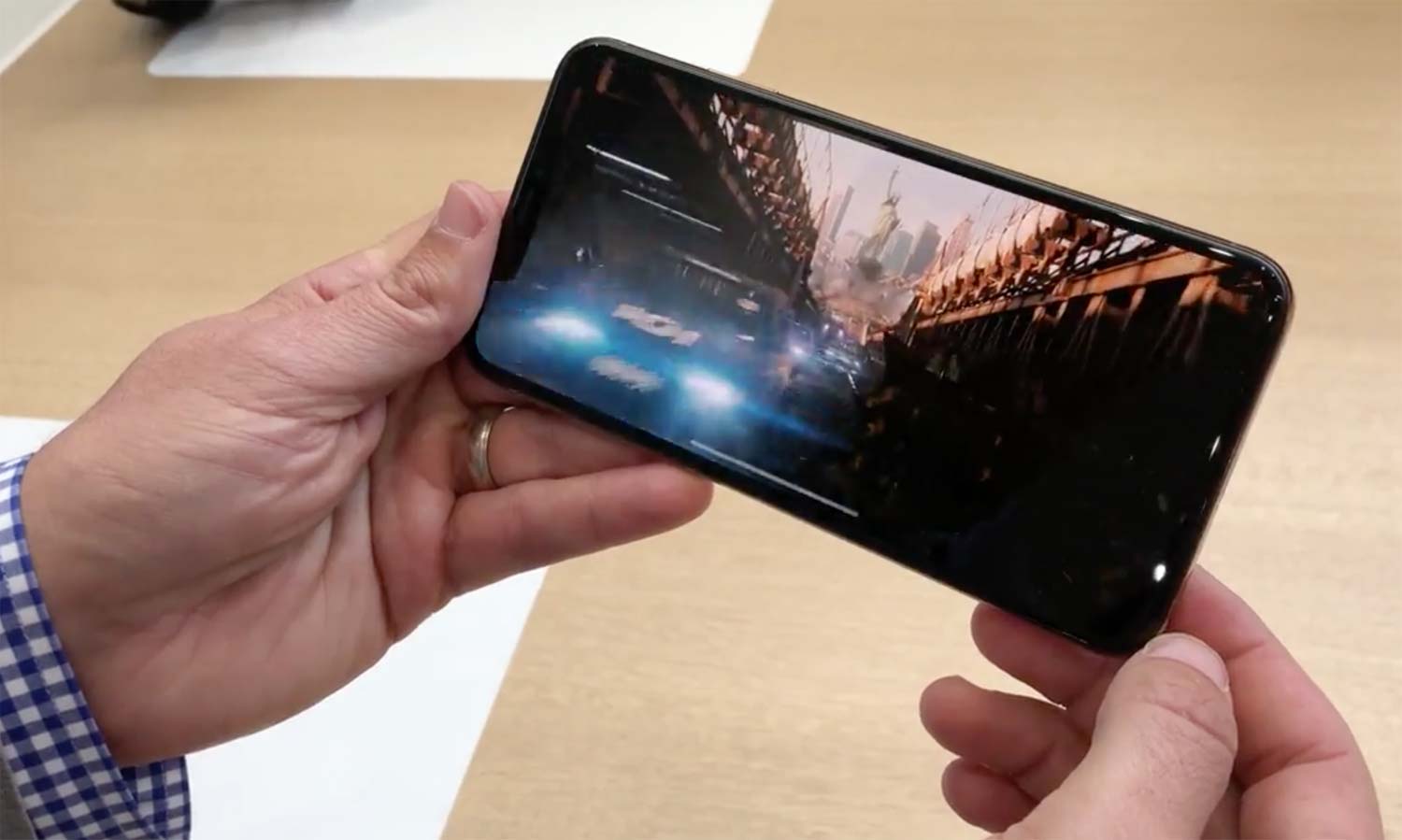
Display: Screen size hasn't changed from the 5.8 inches that the iPhone X offered, and the resolution on the OLED panel is still 2436 x 1125. But Apple insists you'll see improved color on the XS screen in the form of 60 percent greater dynamic range than the original iPhone X.
You're no longer limited to 5.8 inches if you want more screen real estate. In addition to the iPhone XS, Apple is also introducing the 6.5-inch iPhone XS Max, which in spite of its larger display isn't all that much bigger than an iPhone 8 Plus.
Face ID: Apple's face-scanning feature returns in the iPhone XS, which is good since there's no fingerprint sensor to unlock your phone or verify mobile payments. But the neural engine on the A12, combined with improved algroithms, has sped up Face ID on the new phones compared to the original iPhone X.
Water-Resistance and Durability: The iPhone X carried an IP67 dust- and water-resistance rating, meaning you could drop it in around 3 feet of water for 30 minutes without damaging your phone. The XS is a little bit more durable, with an IP68 rating. Now, the new model will survive a swim in around 6 feet of water, and Apple also says it can withstand splashes all sorts of sticky stuff like soda and beer.
Apple also claims that the iPhone XS and XS Max boast the most durable glass in a smartphone ever. In our own drop tests, the iPhone XS and XS Max easily held up to drops on the edge, face-down and on the back from 3 fee and 5 feet. Both phones even survived drops from 11 feet.
Independent drop tests also suggest the new iPhones can survive the occasional drop (though you'll still want to invest in a protective case).
Battery Life: Apple is usually close-mouthed about the size of the battery inside its phones, and that tradition of "Who's asking?" continues with the iPhone XS. Teardowns by iFixit suggest the iPhone XS's battery has a capacity of 2,659 mAh, which would be smaller than the 2,716 mAh battery reportedly inside last year's iPhone X. The XS Max has the biggest battery ever in an iPhone; iFixit says that translates to a 3,179 mAh power pack.
Maybe those sizes explain our battery test result. The iPhone XS lasted 9 hours, 41 minutes when surfing continuously over LTE — about an hour worse than the 10:49 time we recorded when we tested the original iPhone X when it came out last year.
MORE: Smartphones With the Longest Battery Life - A Comparison
Interestingly, we retested that iPhone X as part of our iPhone XS battery testing, and the original iPhone X now only lasts 9 hours, 51 minutes. Yes, the phone is older by a year, though the settings listed the battery as healthy. It could be that websites we use in our surfing test use more Javascript, which stresses the battery more than before. Even with its diminished time, the original iPhone X still outperformed the XS on our battery test.
The iPhone XS Max, on the other hand, held out for 10:38. That's better than the average smartphone, though it doesn't match the best Android phones. It does beat the iPhone X's recent result on our battery test. For the longest lasting iPhone, you'll want to turn to the iPhone XR, which lasted 11:26 on our battery test.
Storage Capacity: Last year's iPhone X topped out at 256GB, and since Apple doesn't include a microSD slot on its phones, that was the upper limit of your storage. There's still no microSD slot on the iPhone Xs, but Apple has boosted the capacity.
The base model of the XS starts out with the same 64GB of storage, but you can also opt for 256GB and 512GB models if you're willing to pay for the extra space. (Each bump in storage adds $200 to the price tag.)
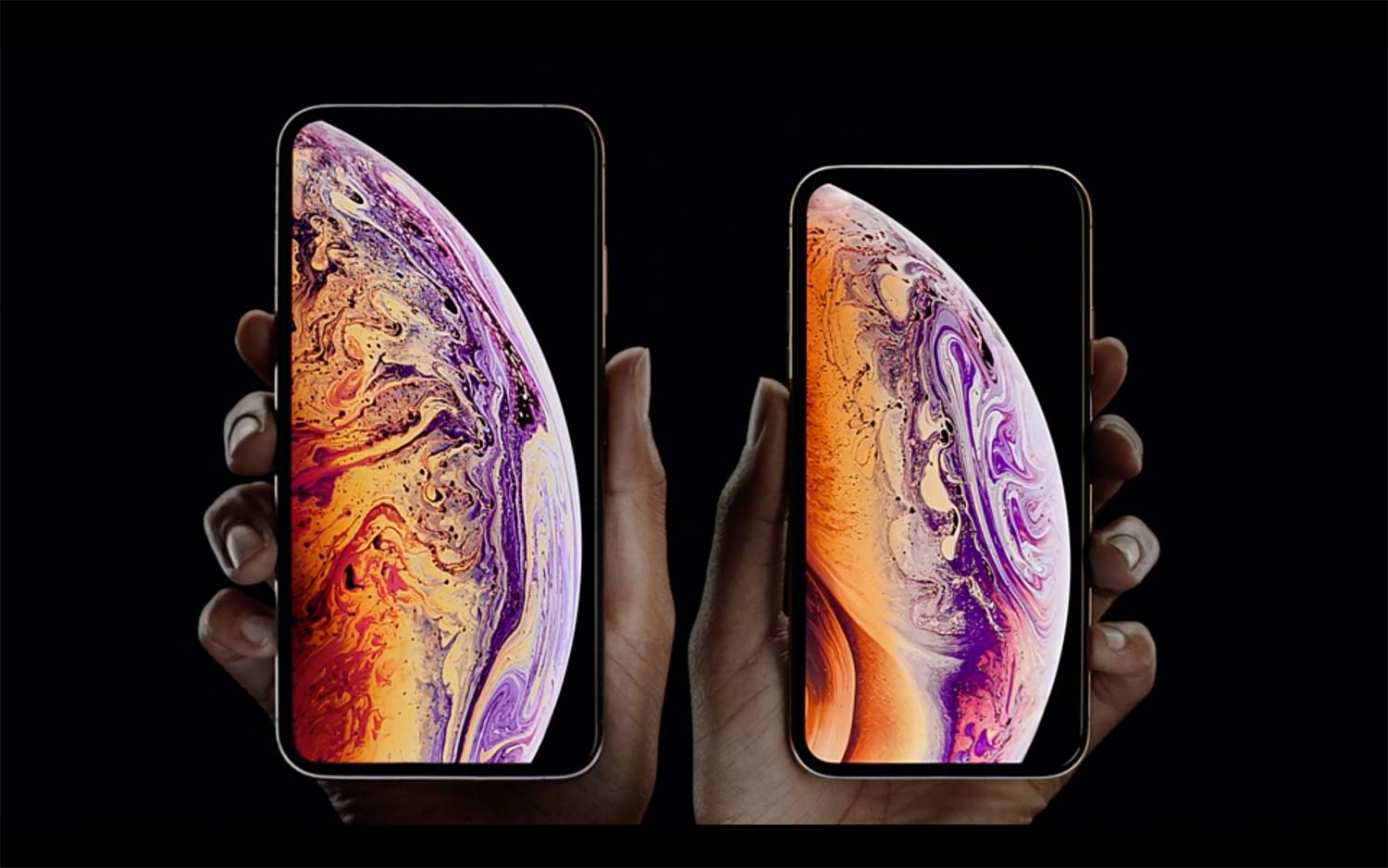
What's still the same with the iPhone XS
That's a lot of changes, but some things have stayed the same — including one thing we wish was different.
Design and Size: As noted above, the iPhone XS has the same screen and form factor as its predecessor. Both the X and the XS measure 5.7 x 2.8 x 0.3 inches, though the newer phone is a little heavier, at 6.2 ounces versus 6.1.
Price: If you hoped that new models would mean a drop to the iPhone X's starting price, get ready for a rude awakening. The iPhone XS costs the same $999/£999/AU$1,629 as its predecessor if you buy the 64GB version. (Add $150/£150/AU$250 if you want a 256GB iPhone Xs and $350/£350/AU$450 for the 512GB version.)
If you prefer the iPhone XS Max, prices start at $1,099/£1,099/AU$1,799 for that super-sized model, and you'll pay as much as $1,449/£1,499/AU$2,369 if you want a 512GB version.
Apple is at least getting aggressive with its deals. As of this writing, if you trade in your current phone when buying an iPhone XS from Apple, the company will knock up to $270 off the cost of the iPhone XS, bringing the cost down to $729 or $31 per month if you pay off your phone in 24 monthly installments. Note that you'll need a fairly recent phone to qualify for the steepest discount. That $270 trade-in discount also applies to the XS Max.
Be sure to check out our iPhone XS deals page for the latest discounts.
Other Features: Wireless charging, introduced with last year's iPhone updates, remains a feature with the iPhone XS. The new phone also retains 3D Touch, after rumors suggested that feature was headed out the door. (You won't find 3D touch on the iPhone XR, however, as Apple is opting for something called "haptic touch" instead.)
Should you upgrade?
The better processing performance and improved cameras Apple delivers with the iPhone XS might make owners of the original iPhone X contemplate an upgrade. But the one thing that remained the same between the two phones — that big price tag — might be a big enough deterrent to make you hold onto last year's model. Unless you're part of an annual upgrade program, dropping a lot of money every year on a new phone isn't practical for most people, though Apple's trade-in program removes some of the sticker shock.
If you skipped last year's iPhone X launch and held onto an older iPhone, it's a different story. Enough has changed from the iPhone 7, iPhone 7 Plus and earlier iPhones to make the iPhone XS a more compelling upgrade option, thanks to improvements to the processor and camera.
Of course, bargain hunters could turn to the original iPhone X. Apple no longer offers that model, but all the Big Four carriers in US sell the old iPhone X for $899 — $100 less than the iPhone XS's starting price. It's worth checking the carriers wherever you are to see if it is the same there. The biggest things you'll give up will be the state-of-the-art processor (though the A11 is still a top performer), an improved camera that benefits from Smart HDR and a faster modem. And if you want a bigger screen, the iPhone XS Max is your top choice.
As we get closer to summer, though, the Upgrade Or Not? question becomes a bit cloudier. With new iPhones due out in the fall, current iPhone owners may want to see what Apple has to offer then — and how that affects prices of current iPhone models. After all, you've waited this long — what's another few months?
Still, we think the iPhone XS and XS Max are the best phones Apple has made. And a big reason why is all the changes that went in to the current models.
Philip Michaels is a Managing Editor at Tom's Guide. He's been covering personal technology since 1999 and was in the building when Steve Jobs showed off the iPhone for the first time. He's been evaluating smartphones since that first iPhone debuted in 2007, and he's been following phone carriers and smartphone plans since 2015. He has strong opinions about Apple, the Oakland Athletics, old movies and proper butchery techniques. Follow him at @PhilipMichaels.
-
tom.secreto I just wanted to add, as a veteran I.T. specialist for decades, that the performance tests for at least some part are reminisant of the long time ago MIPS. While MIPS was to stand for Millions of Instructions Per Second it was latter to be Meaninless Indicator of Processor Speed. Just wanted to cause a little reflection on real user experience as the real performance test. Also lets not go the way of throwing more hardware at sloppy programming. Just food for thought.Reply
Tom
